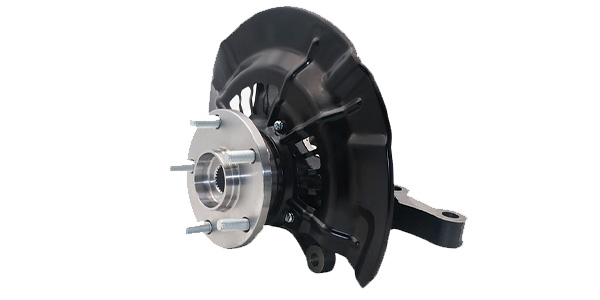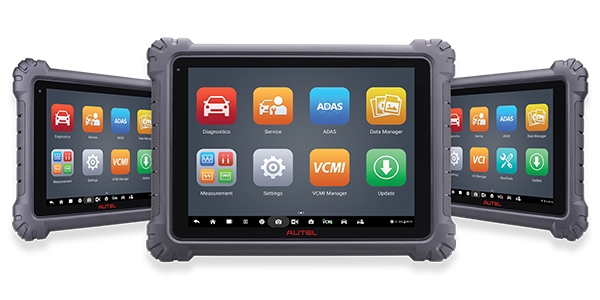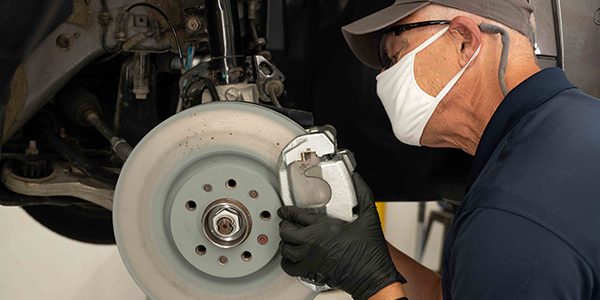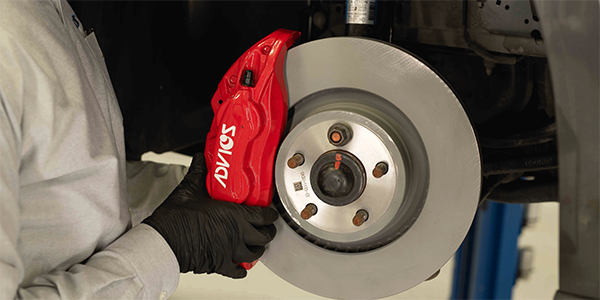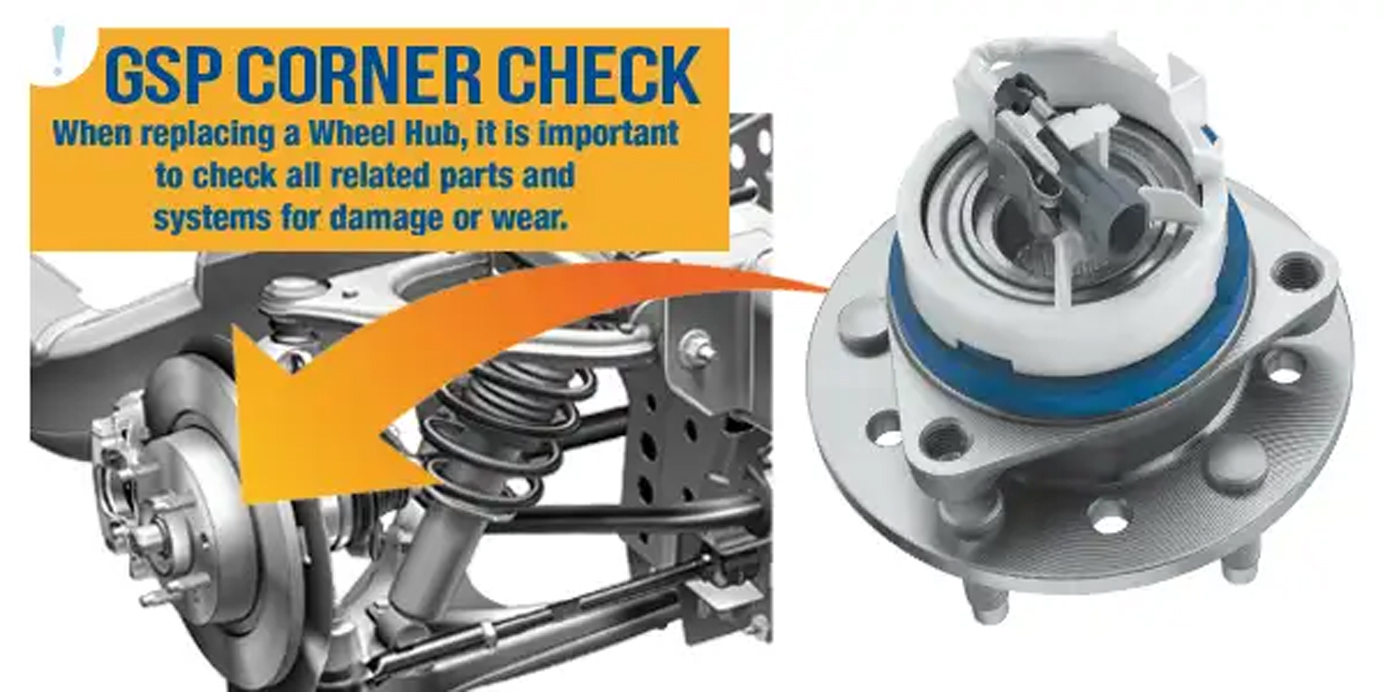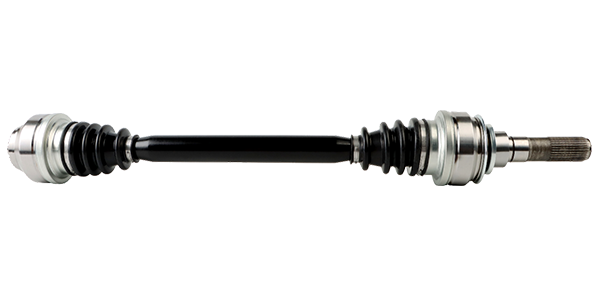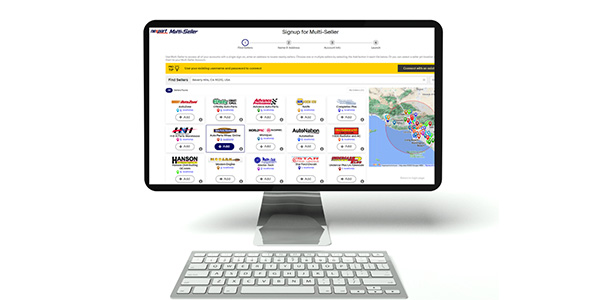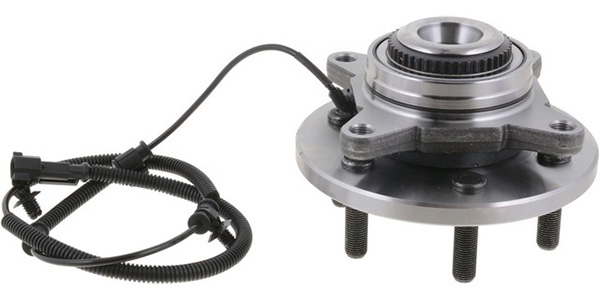Wheel bearings are a common repair, but they often present challenges during installation, taking additional time we don’t have to spare, and in some cases resulting in a comeback or quality that isn’t up to our standard. Generation 1 (press in) wheel bearings have always been the most difficult, and while Generation 3 (incorporated hub and mounting flange) bearings made our jobs much easier, they can certainly dish out their share of trouble.
How can we as technicians capitalize on this common repair? Instead of replacing a Gen1 or Gen3 bearing, installing a pre-assembled knuckle hub assembly offers many advantages for both us and our customers.
Inspection
It’s easy to determine when a wheel bearing is bad and which one it is. We’re used to that, but most of the time, it’s all we can determine until we begin the work. A steering knuckle is an odd-shaped piece of metal. It can be bent slightly from severe potholes or a collision, and you simply can’t determine this from a visual inspection.
What else can be wrong that you can’t see? If it’s a Gen1 bearing, the snap ring grooves can be rusty or corroded. If you’ve ever fought with these, you know they can be a nightmare. Brake shields can be rusted and broken, or even worse, the shield securing bolts can break if you need to remove it.
Ball joint and tie rod mounting holes can be worn or damaged from over-tightening. Brake caliper mounting ears or brake pad contact points can be worn. All these types of issues at minimum affect the quality of the repair, and at worst can pose a potentially serious safety issue.
You’re not going to perform disassembly until the job is approved and if you discover problems at that point, you’ll have to revise the quote and wait for parts while the car takes up valuable rack space. Instead, presenting the advantages of a knuckle/hub assembly beforehand represents the high level of service you offer to your customer, and saves time in the shop. Let’s dig deeper into the advantages.
Mistakes
One of the more common mistakes during wheel bearing replacement occurs with Gen1 bearings. If the incorrect tools are used to press the bearing into the knuckle, or if the races are supported improperly when installing the hub, the bearing can be ruined. If the vehicle has an antilock braking system (ABS), some bearings have a tone wheel only on one side, and it’s an easy mistake to press them in the wrong way. You just don’t know until the ABS warning light comes on after a repair. A knuckle/hub assembly eliminates these possibilities.
The Press, the Torch, and the Chisel
Pressing Gen1 wheel bearings in and out of a steering knuckle is always a time consumer. It’s not possible to have every press tool for every bearing, and you always spend valuable time trying to find the correct combination of tools to get the job done.
If an oxyacetylene torch isn’t your best friend yet, it will be on some wheel bearings. But why even go there if you can avoid it? There’s a lot of time spent, not to mention the associated cost.
And the air chisel, often used in conjunction with the torch, is sometimes the last piece of the puzzle in breaking the hold of a Gen3 wheel bearing into a steering knuckle.
In addition to the time and expense of all these options that are just inherent with a wheel bearing job, think how you can save on the safety factor. These are three processes that require extreme caution and pose safety issues for not only the technician, but others in the shop, as well.
Cleaning
If there’s ever been a bad CV joint boot or an over-greased ball joint or tie rod end, the steering knuckle will require additional cleaning, which takes time and material. But this can be the easy part. Gen3 bearings all share a common problem, corrosion between the bearing housing and steering knuckle. In addition to the difficulty this causes during removal, all corrosion needs to be removed prior to installing the new bearing. This is a dusty, messy process, and just one more way to burn time and add wear and tear on your tools.
Alignment
Any time you remove a suspension component, you should perform an alignment. Most of the time we get lucky with a toe-only adjustment. Quite often, there’s not even the possibility of making a camber adjustment. If that’s the case and camber is out of spec, it usually comes down to a bent component. Since you usually can’t tell if a steering knuckle is bent, what could be better than knowing that it’s not?
Brakes
Some steering knuckles, in addition to the mounting point for the brake calipers, have contact surfaces on which the brake pads rest and slide back and forth. By the time a wheel bearing has gone bad, these surfaces are going to have some wear. In extreme cases, there may be deep grooves worn in them. If brake pads don’t have a clean, smooth surface, allowing them to slide, they’ll wear incorrectly. Keep the brake system operating properly and safely is just one more benefit of a new steering knuckle.
What’s the one thing that’s gotten us all? A bent brake dust shield making a scraping noise. This is even more common with a rusty, old, flimsy shield, and what’s more, how does it always seem to happen the next day after a car gets picked up? There’s nothing like a new shield to prevent this from happening.
When to Recommend
If a wheel bearing is worn out and a pre-assembled knuckle hub assembly is available, there are only positives that come from recommending one. Never miss a detail on inspection. Offer the value of safety and quality to your customer. Eliminate mistakes. Save time and material on cleaning. As a technician, every day is focused around two basic principles, performing quality repairs and efficient use of time. If there’s a way to blend both together, it’s the best way to go.
This Article is Sponsored By: GSP North America



